36 Classic Cars That Were Only Available For A Single Model Year
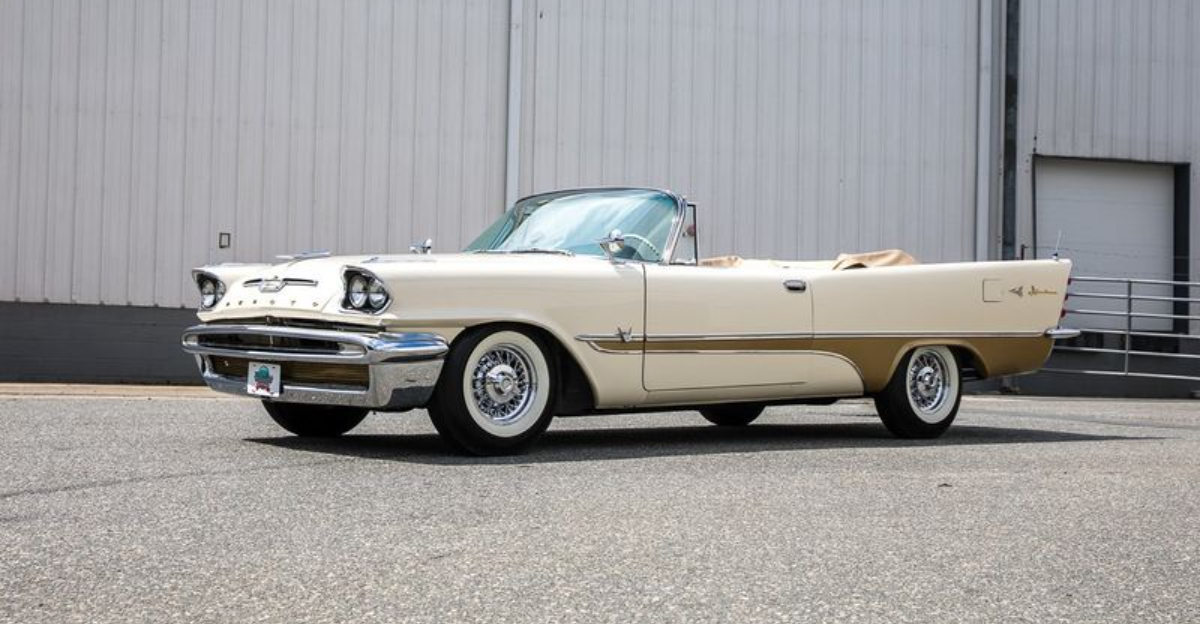
Some classic cars burned bright and fast, making their mark in just a single model year before vanishing into the archives.
Whether the result of bold experiments, shifting trends, or pure bad timing, these one-year wonders packed style, personality, and sometimes a little mystery.
Blink and you might’ve missed them, but their brief moment in the spotlight left a lasting impression.
Rare, distinctive, and often misunderstood, they prove that sometimes the shortest stories are the ones worth remembering.
1. 1958 Packard Hawk
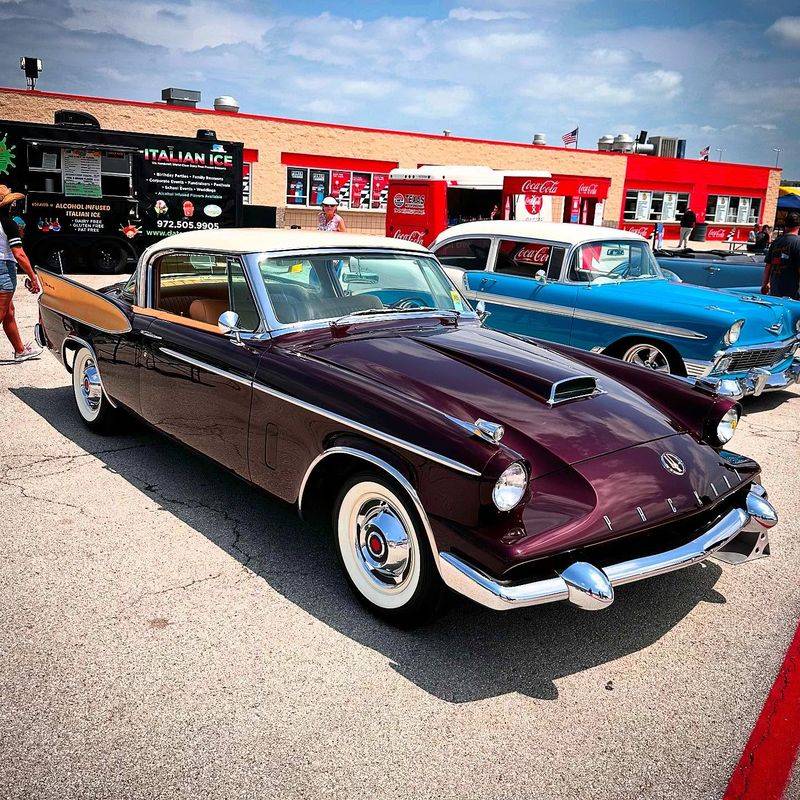
Slapped together in desperation as Packard circled the drain, this strange beauty wore a fiberglass nose that critics likened to a catfish sucking a lemon.
Only 588 were built as the once-prestigious brand made its final stand.
Under the hood lurked a supercharged 289 V8 producing 275 horsepower, making it surprisingly quick for its era.
The interior featured genuine leather and a dashboard full of gauges that looked like they belonged in an aircraft.
2. 1956 Studebaker Sky Hawk

Sandwiched between Studebaker’s budget Hawks and premium models, the Sky Hawk never found its audience.
With pillarless hardtop styling and a 289 cubic inch V8, it should have been a winner, but buyers passed it by.
Marketing confusion doomed this elegant coupe from the start. Studebaker produced just 3,050 examples before pulling the plug.
The dashboard featured an aircraft-inspired design with a wraparound cockpit feel that was ahead of its time.
3. 1959 Cadillac Eldorado Brougham
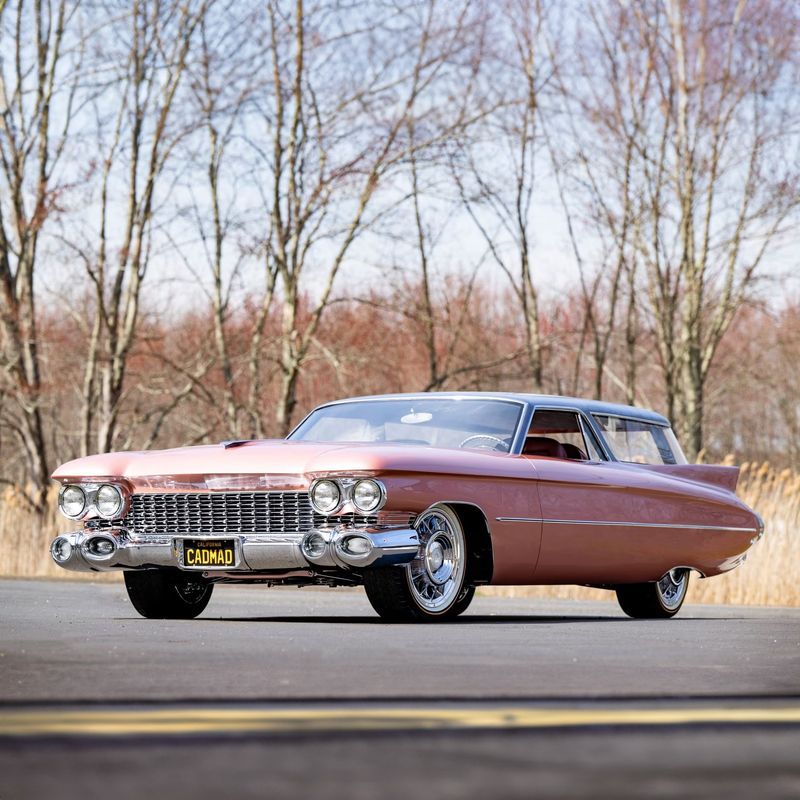
Costing more than a Rolls-Royce at $13,075 (equivalent to $120,000 today), this ultra-luxury sedan was actually hand-built by Pininfarina in Italy.
General Motors shipped bare chassis overseas and got back automotive jewelry.
Only 99 were produced, making it one of the rarest Cadillacs ever. The flat-top roof and suicide doors created an unmistakable silhouette.
Each car came with a set of magnetized shot glasses in the glove compartment—because nothing says luxury like drinking while driving!
4. 1963 Buick Riviera Silver Arrow
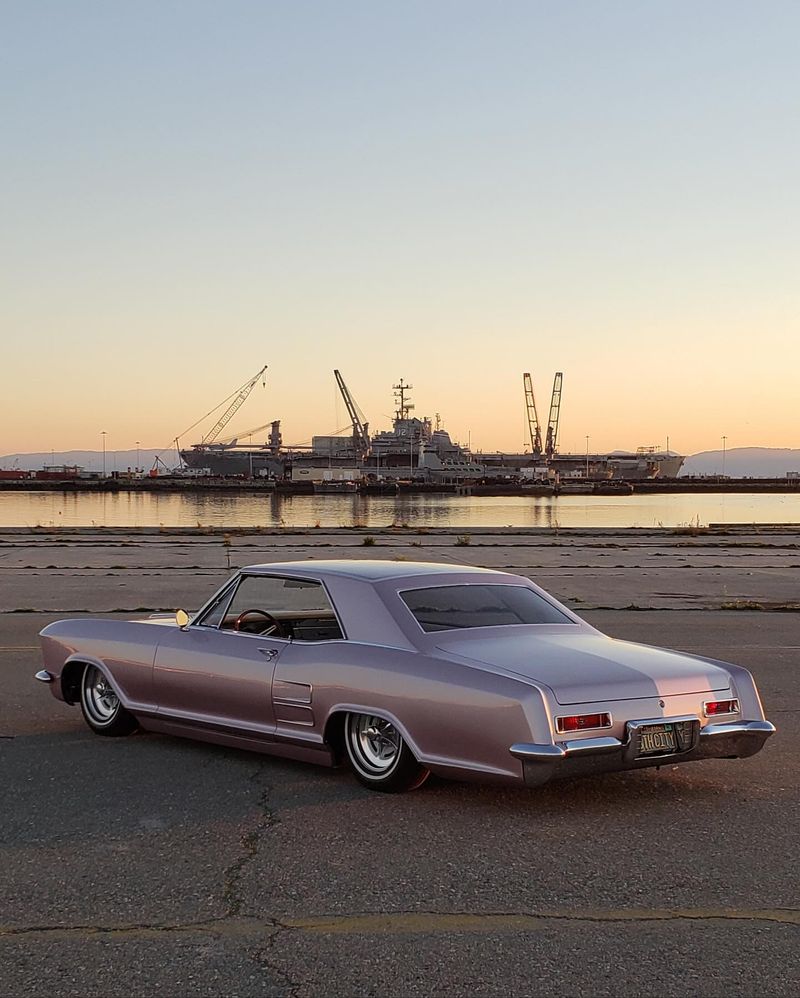
What happens when GM’s styling boss Bill Mitchell demands something special? You get the Silver Arrow—a custom Riviera with a divided rear window, special trim, and unique interior touches.
Only three were built. Imagine finding one today—you’d need a lottery win to afford it! The Silver Arrow featured a wild split rear window similar to the ’63 Corvette, creating a stunning visual signature.
These weren’t just for show; all three were sold to private owners and occasionally surface at high-end auctions.
5. 1969 Chevrolet Corvette ZL1

Packing a race-derived all-aluminum 427 engine that made 560+ horsepower (though officially rated at just 430), the ZL1 was essentially a street-legal race car.
The engine alone cost more than a standard Corvette!
Chevy built just two, making them unicorns of the muscle car world. Every body panel except the doors was made of aluminum to save weight.
One buyer returned his ZL1 to the dealer because it was too wild for street use—imagine having that regret today!
6. 1970 Plymouth Superbird
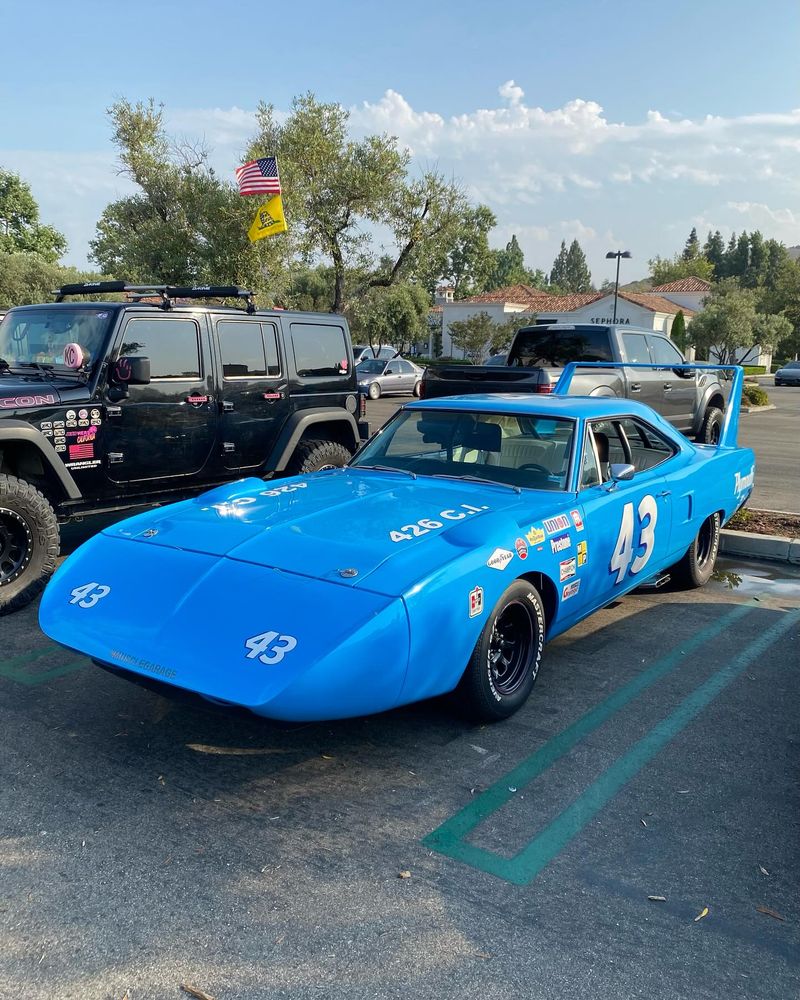
Created specifically to lure Richard Petty back to Plymouth for NASCAR racing, the Superbird’s outrageous aerodynamics made it look like it belonged in a cartoon.
That 23-inch tall wing wasn’t for show—it generated actual downforce at speed. Dealers struggled to sell these wild-looking machines, with some cars sitting on lots for years.
Some dealerships even removed the nose and wing to make them more palatable! The horn went “meep-meep” just like the Road Runner cartoon character.
7. 1963 Pontiac LeMans Tempest Convertible
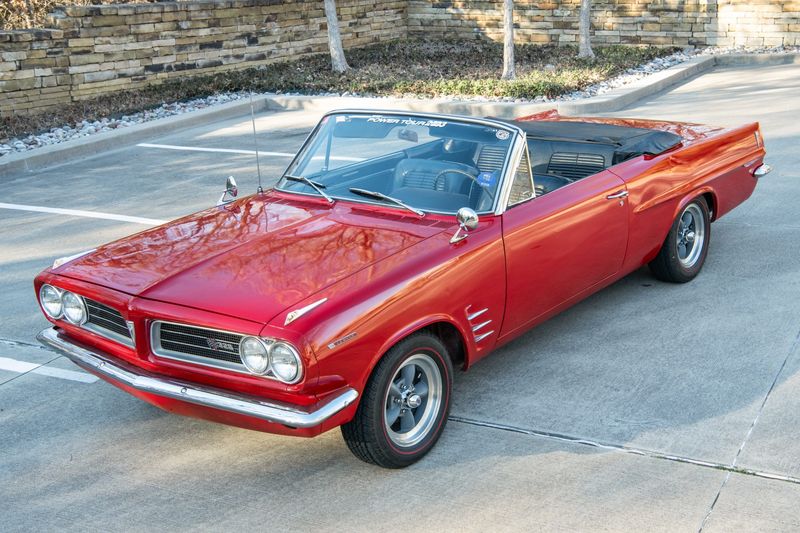
Mechanical weirdness defined this one-year wonder with its rear-mounted transaxle connected to the engine by a flexible driveshaft running through a curved tunnel.
Engineers called it the “rope drive” system.
Add in an optional aluminum V8 and four-wheel independent suspension, and you’ve got a European sports car in American clothing.
The innovative weight distribution gave it handling that embarrassed many sports cars. Pontiac built fewer than 3,500 convertibles before redesigning everything for 1964.
8. 1971 AMC Matador Machine
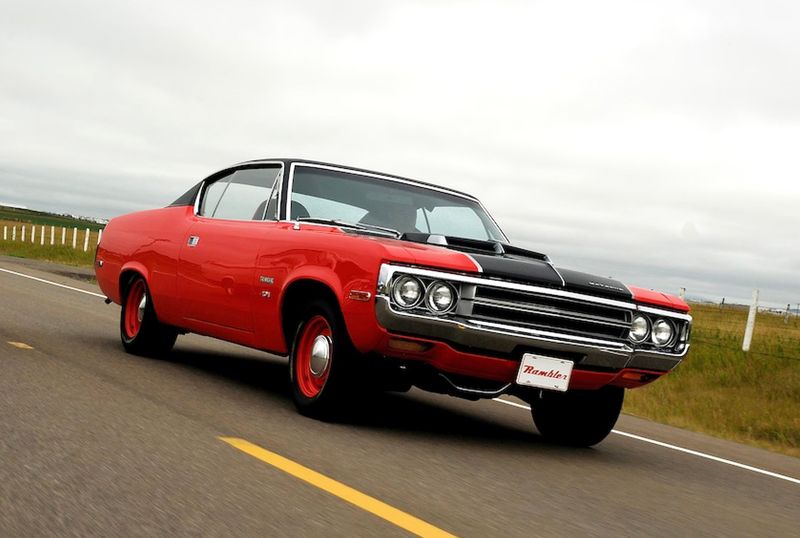
American Motors Corporation snuck this muscle car into their lineup without much fanfare, packing a 401 cubic inch V8 into their mid-size Matador.
The “Go Package” added a heavy-duty suspension, dual exhausts, and a limited-slip differential.
Fewer than 50 Matador Machines were built as the muscle car era faded into the gas crisis. Most were ordered with the eye-searing “Tawny Orange” paint that made subtlety impossible.
Car & Driver magazine called it “the best-handling intermediate-sized American car.”
9. 1966 Oldsmobile Toronado Deluxe
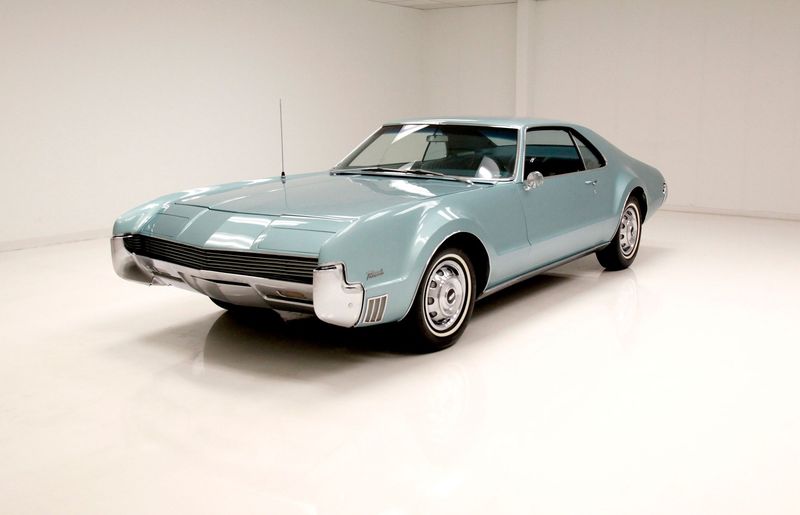
GM’s first modern front-wheel-drive car since the 1930s, the Toronado was an engineering marvel that packed a massive 425 cubic inch V8 driving the front wheels.
The flat floor and spacious interior resulted from eliminating the transmission tunnel. The Deluxe trim level added luxury touches like brushed aluminum inserts and special upholstery.
The Toronado continued for years, but the first-year Deluxe stands alone with its unique blend of performance and luxury.
The hidden headlights gave it a clean, sleek appearance unlike anything else on the road.
10. 1970 Dodge Coronet R/T Convertible

Muscle car collectors go weak in the knees at the mention of this beast. Dodge built exactly two Coronet R/T convertibles for 1970, making them among the rarest muscle cars ever produced.
Both packed the legendary 426 Hemi engine with 425 horsepower.
One was blue, one was gold—and finding either would be like winning the lottery twice. The convertible body style was dropped from the Coronet line after 1970, making these the last of their kind.
11. 1969 Ford Mustang Boss 429

Ford needed to homologate their massive Boss 429 engine for NASCAR, so they shoehorned it into the Mustang—even though it barely fit.
Mechanics had to cut and modify the shock towers and move the battery to the trunk to accommodate this monster.
With an engine designed for 200+ mph racing, the street version was actually detuned to a “mere” 375 horsepower.
The hood scoop was functional but subtle by muscle car standards. Each Boss 429 was essentially hand-built by Kar Kraft, Ford’s specialty vehicle builder.
12. 1984 Pontiac Fiero Indy Pace Car
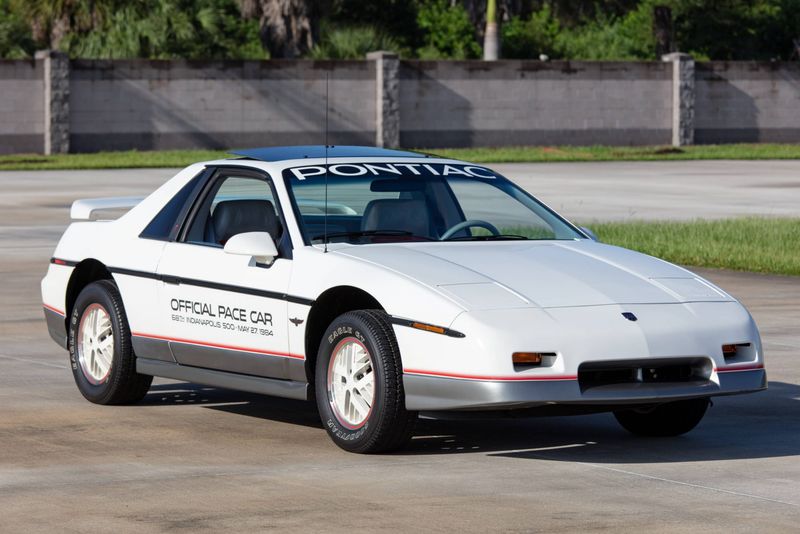
When the humble Fiero paced the Indianapolis 500, Pontiac celebrated by releasing this special edition with an aero body kit, white paint with blue stripes, and a unique interior.
The irony? The actual pace car had a modified V8, while these replicas made do with the standard four-cylinder.
Only 2,000 were built, and they’ve become collector items. The special body kit would later influence the 1986-88 Fiero GT design. Each car came with a numbered dash plaque and special Indy 500 emblems.
13. 1963 Chevrolet Impala Z11
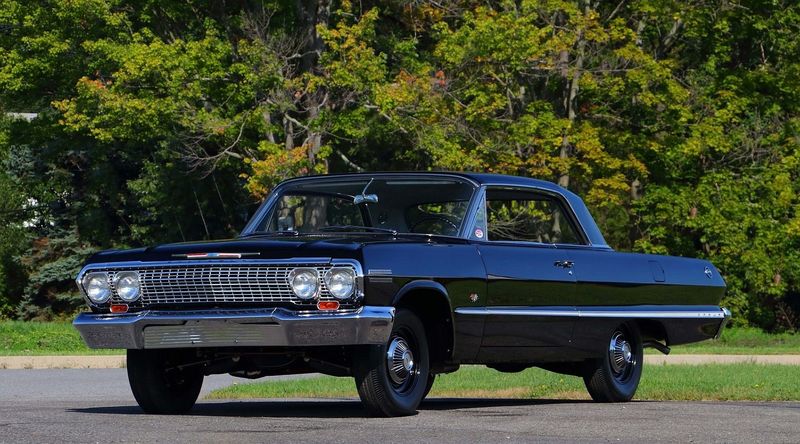
Looking ordinary to untrained eyes, the Z11 Impala was actually a purpose-built drag racing weapon.
Chevy deleted the heater, radio, sound deadening, and even replaced steel body panels with aluminum to save weight.
Under the hood lurked a 427 cubic inch V8 conservatively rated at 430 horsepower. Only 57 were built before GM’s self-imposed racing ban terminated the program.
The Z11 package added $1,240 to the Impala’s price—serious money in 1963 when a base Impala cost around $2,800.
14. 1956 Chrysler 300B

America’s most powerful car in 1956, the 300B packed a 354 cubic inch Hemi V8 producing a then-astonishing 340 horsepower.
This elegant bruiser dominated NASCAR, winning 22 of 41 races.
Though technically part of the “letter series” that ran for years, each year’s model was distinct enough to be considered a separate entity.
The 300B featured distinctive tailfins and a massive egg-crate grille. Chrysler built just 1,102 examples, making it exclusive even when new.
15. 1977 Pontiac Can Am
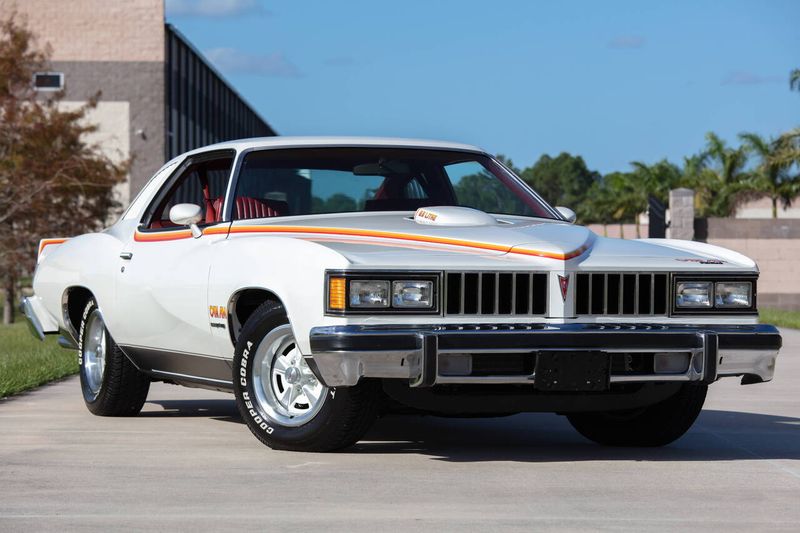
Born from the ashes of the GTO, the Can Am combined the LeMans Sport Coupe with a 400 cubic inch V8, shaker hood scoop, and a wild white paint scheme with orange and red stripes.
The rear spoiler was so large it required reinforcement of the trunk lid!
Pontiac planned to build 5,000 but stopped at 1,377 when the spoiler supplier went bankrupt.
A Pontiac executive reportedly said, “We were looking for an excuse to k*ll it anyway.” The Can Am was the last gasp of Pontiac’s muscle car heritage before emissions regulations took over.
16. 1962 Ford Galaxie 406

Ford’s first shot in the horsepower wars, the Galaxie 406 offered up to 405 horsepower—one per cubic inch, a magical threshold at the time.
Available with three two-barrel carburetors (the “Tri-Power” setup), this full-size rocket ship dominated early 1962 NASCAR races.
Mid-year, Ford introduced the sleeker “Starliner” roof to improve aerodynamics on the track.
The 406 engine was a one-year wonder, replaced by the legendary 427 in 1963. Each car came with a warning sticker that read “For police or competition use only.”
17. 1955 DeSoto Fireflite Sportsman
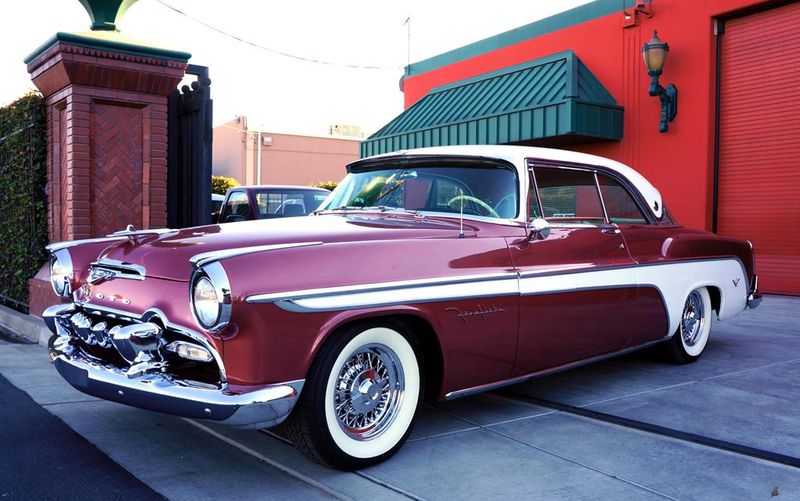
Part of Chrysler designer Virgil Exner’s “Forward Look” revolution, the Fireflite Sportsman was automotive fashion on wheels.
Two-tone paint, massive chrome side spears, and a triple-taillight arrangement made it unmistakable.
Power came from a 291 cubic inch Hemi V8 pushing 200 horsepower through a PowerFlite automatic transmission.
The dashboard featured a “Flitecontrol” gear selector mounted on the dash instead of the steering column. DeSoto redesigned everything for 1956, making the ’55 Sportsman a one-year special.
18. 1969 AMC Hurst SC/Rambler
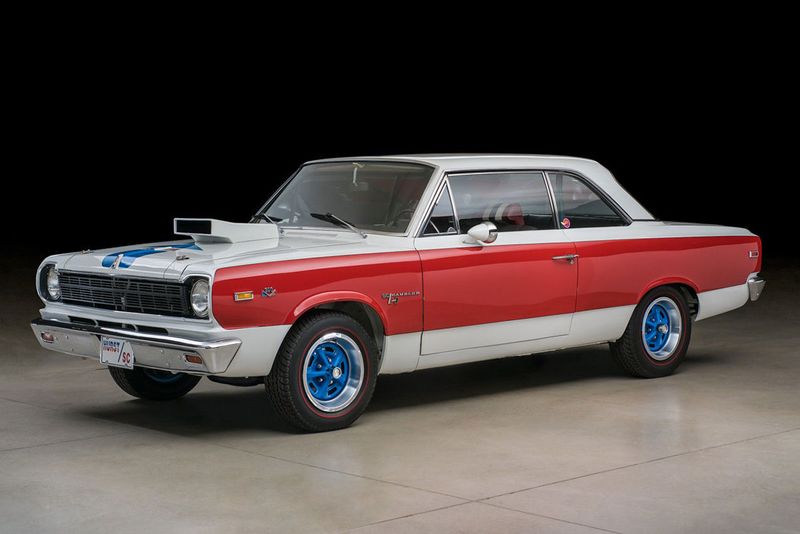
Painted in eye-searing red, white, and blue with arrow graphics pointing to the massive hood scoop, the SC/Rambler was American Motors’ most outrageous creation.
This compact muscle car packed a 390 cubic inch V8 with 315 horsepower and a four-speed manual transmission.
Priced at just $2,998, it delivered supercar performance on a budget. AMC planned to build 500 but ended up producing 1,512 due to unexpected demand.
The “SC” stood for “Super Car,” and it lived up to the name with quarter-mile times under 14 seconds—impressive for 1969.
19. 1966 Ford Fairlane GT

Overshadowed by the Mustang and later Fairlane models, the ’66 GT was Ford’s first attempt at an intermediate muscle car.
The optional 390 cubic inch V8 produced 335 horsepower—enough to worry Pontiac GTO owners.
A distinctive GT stripe ran along the side, and the interior featured bucket seats and a floor shifter. Ford built fewer than 5,000 GT hardtops and convertibles combined.
The GT badge would return in 1967, but with different styling and options, making the ’66 a standalone special.
20. 1962 Dodge Dart 413 Max Wedge
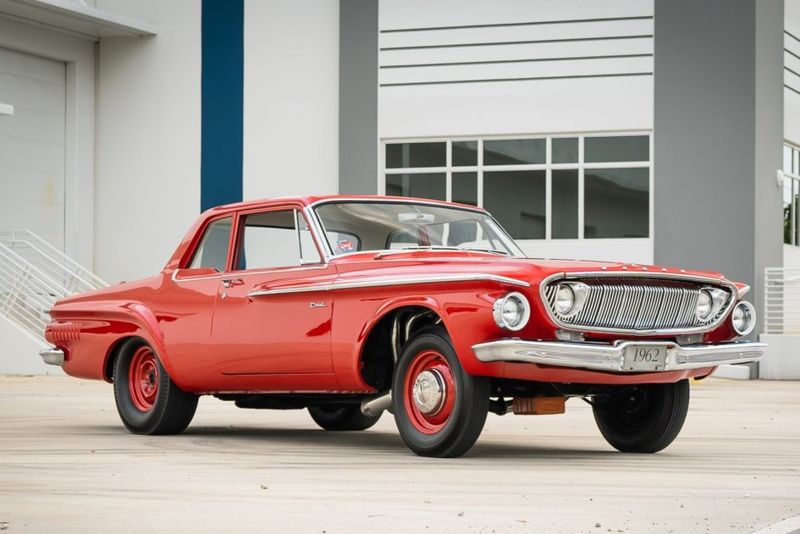
Dodge stuffed their biggest engine into their smallest body to create this drag strip terror.
The 413 “Max Wedge” V8 with dual four-barrel carburetors produced 410 horsepower in street trim—and much more in race tune.
Ram air induction fed cold air directly to the carburetors. Fewer than 400 were built, and survivors are worth small fortunes today.
The Dart’s lightweight body and massive power made it a dominant force at drag strips nationwide, often running 12-second quarter miles right off the showroom floor.
21. 1971 Chevrolet Vega Panel Express

GM’s attempt to create a mini-delivery van resulted in this quirky Vega variant with no side windows and a flat load floor. Perfect for small businesses, it combined car-like handling with light cargo capabilities.
Sadly, it shared the regular Vega’s tendency to rust faster than ice cream melts in July. Chevy built just 7,800 of these utilitarian oddballs.
The interior featured vinyl upholstery that was easy to clean and surprisingly comfortable for a commercial vehicle.
22. 1989 Pontiac Turbo Trans Am 20th Anniversary

Pontiac sneakily dropped the Buick Grand National’s turbocharged V6 into this special Trans Am, creating a muscle car that could outrun Corvettes and Ferraris.
The 250 horsepower rating was pure fiction—actual output was closer to 300 horsepower.
All 1,555 examples were white with tan interiors and served as pace cars for the Indianapolis 500. Car and Driver magazine tested one at 153 mph.
Each car featured special 20th Anniversary badging, a hardtop with no T-tops, and a special suspension tuned on Germany’s Nürburgring race track.
23. 1964 Mercury Marauder Fastback
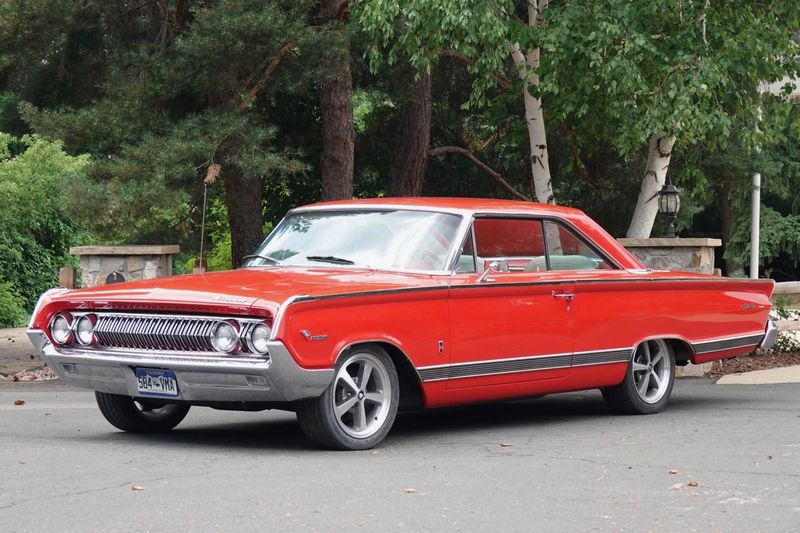
Mercury transformed their boxy full-size car into a slippery NASCAR competitor by adding a sleek fastback roofline.
Combined with the optional 427 cubic inch V8 producing 410 horsepower, the Marauder became a formidable race car and an imposing street machine.
The fastback design reduced drag by 8% compared to the standard hardtop. Mercury built approximately 8,000 Marauder fastbacks before changing the body style for 1965.
The name “Marauder” perfectly captured this car’s aggressive persona—it looked like it was speeding even when parked.
24. 1967 Chevrolet Corvette L88
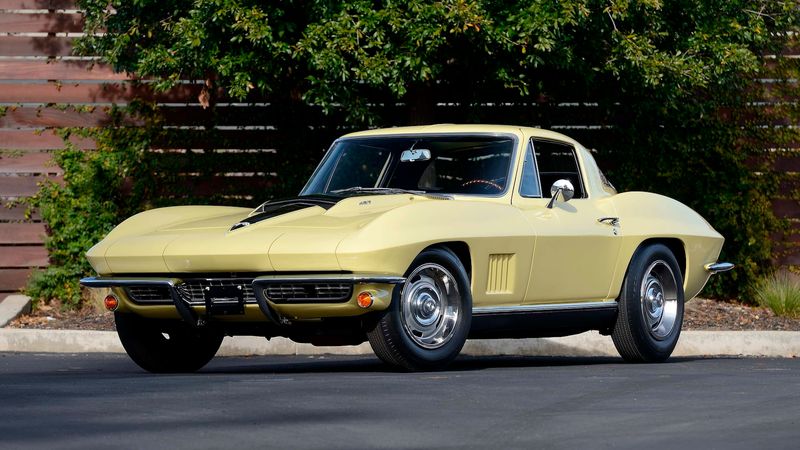
Officially rated at 430 horsepower (though actually making closer to 560), the L88 Corvette was Chevy’s secret weapon for racing teams.
They actively discouraged regular customers from buying it by requiring the deletion of the radio and heater while mandating racing-grade fuel.
Only 20 were built in 1967, making it one of the rarest production Corvettes.
The aluminum heads and special cam made it essentially a race engine with license plates. One recently sold at auction for over $3.5 million, making it one of the most valuable Corvettes ever.
25. 1954 Kaiser Darrin
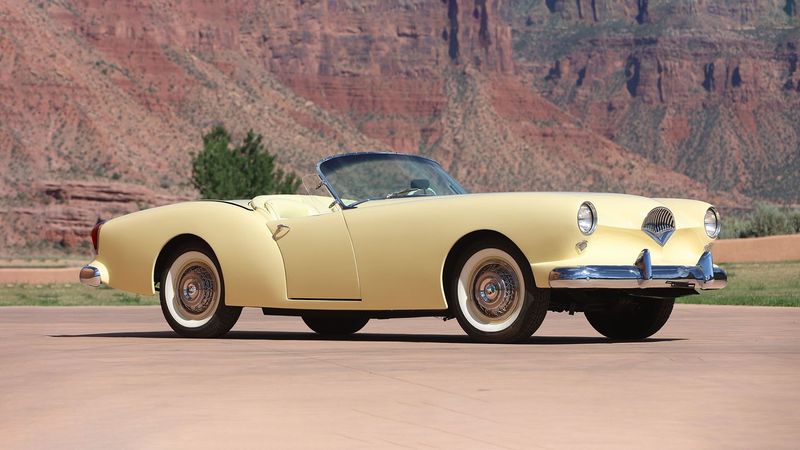
Sliding doors that disappeared into the front fenders! The Kaiser Darrin wasn’t just rare – it was revolutionary.
Designed by Howard ‘Dutch’ Darrin, this sleek roadster featured a fiberglass body when most cars were still clunking around in heavy steel.
Only 435 examples rolled off the assembly line before Kaiser’s passenger car division folded.
The quirky Darrin, with its distinctive ‘rosebud’ grille and pocket doors, was too expensive and too underpowered to save the company.
Fun fact: After production ended, Darrin himself bought up the remaining cars and installed Cadillac V8 engines in some of them, creating the hot rods these stylish beauties deserved to be!
26. 1983 Chrysler Imperial Frank Sinatra Edition
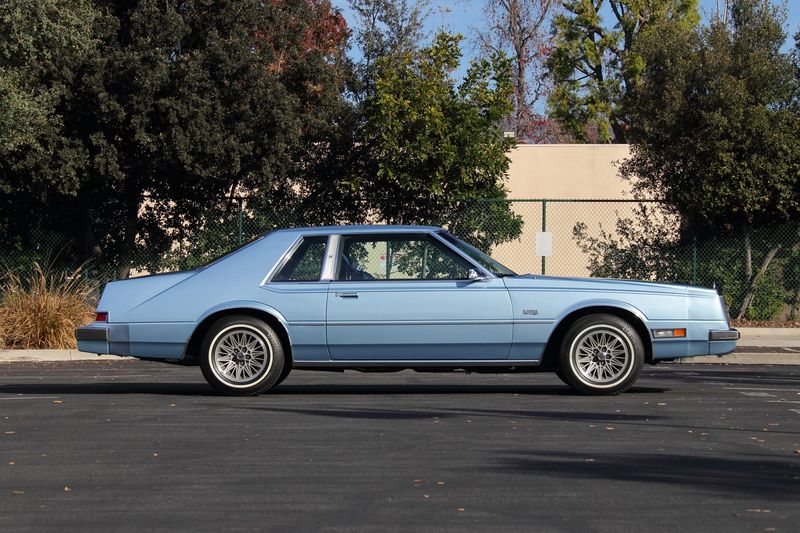
Chairman of the Board, meet Chairman of the Road! The 1983 Imperial Frank Sinatra Edition wasn’t just named after the legendary crooner—he personally endorsed it.
Lee Iacocca, Chrysler’s CEO and Sinatra’s buddy, convinced Frank to lend his name to this luxury coupe.
Glacier Blue metallic paint (matching Frank’s famous eyes) adorned every one of the 278 units produced.
Each came with a special Mark Cross leather case containing cassettes of Sinatra’s greatest hits—talk about a swanky bonus!
Buyers even received a signed letter from Sinatra himself. Despite the star power, disappointing sales and reliability issues meant this celebrity-endorsed ride lasted just one year before Chrysler pulled the plug.
27. 1971 Plymouth GTX 440 Six Barrel
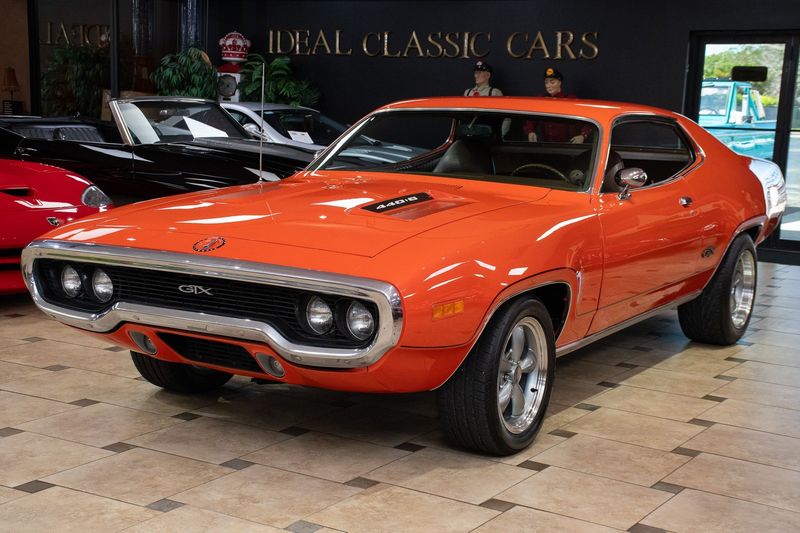
Muscular elegance met its maker when Plymouth quietly slipped the GTX 440 Six Barrel into their 1971 lineup.
Unlike its rowdier Road Runner sibling, the GTX combined luxury touches with brutal power – a Jekyll and Hyde approach to performance.
With tightening emissions standards and skyrocketing insurance rates, muscle cars were gasping their last breaths.
The Six Barrel (three two-barrel carburetors) setup unleashed 385 horsepower, but only 30 convertibles were built with this configuration.
28. 1965 Shelby GT350R
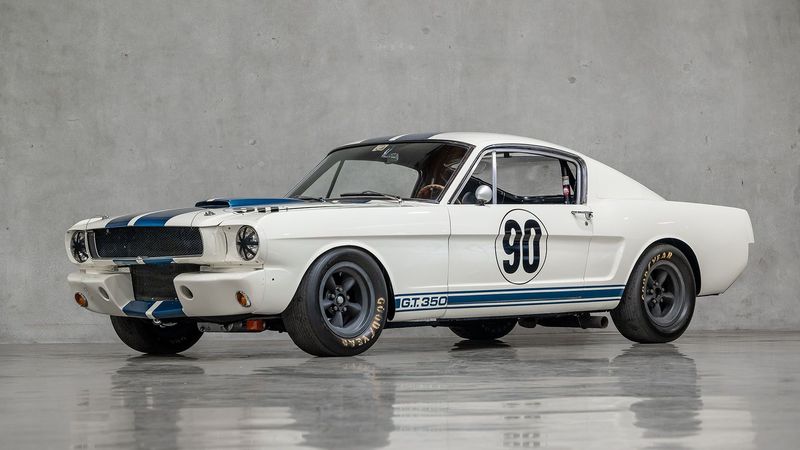
Raw, uncompromising speed wasn’t just a goal for the Shelby GT350R – it was the only point.
Carroll Shelby transformed Ford’s pony car into a fire-breathing competition beast by stripping away comfort and adding pure performance.
Just 36 of these race-prepped monsters were built, distinguished by their fiberglass front aprons, plexiglass windows, and minimalist interiors.
Under the hood lurked a modified 289 V8 pumping out 350+ horsepower – enough to dominate the SCCA B-Production class for years.
29. 1957 DeSoto Adventurer Convertible
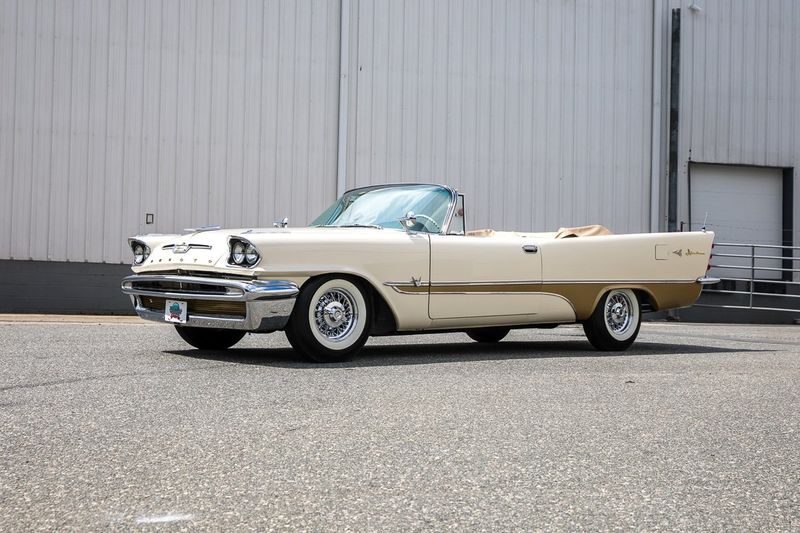
Chrome-laden dreams rolled on whitewalls when DeSoto unveiled the ultra-rare Adventurer Convertible.
Resplendent in its mandatory gold and black color scheme, this finned fantasy represented the absolute pinnacle of Virgil Exner’s ‘Forward Look’ styling.
Blink and you missed it – literally! Only 82 examples were produced, making it one of the rarest American convertibles ever.
Each came standard with a 345 cubic inch Hemi V8 pushing 345 horsepower – a satisfying one-horsepower-per-cubic-inch ratio that gearheads still appreciate.
30. 1966 Mercury Comet Cyclone GT

Overshadowed by its famous cousins, the Cyclone GT packed a performance punch that deserved more spotlight.
Mercury stuffed Ford’s potent 390 cubic inch V8 into this intermediate-sized body, creating a sleeper that could hang with the big boys at stoplight showdowns.
The one-year-only configuration featured unique styling cues like a fiberglass hood scoop, distinctive striping, and an eye-catching grille with hidden headlamps.
Despite its impressive credentials, only about 13,800 were sold before Mercury restyled the entire Comet lineup for 1967. Collectors now hunt these forgotten gems with increasing fervor.
31. 1964 Studebaker Avanti R3
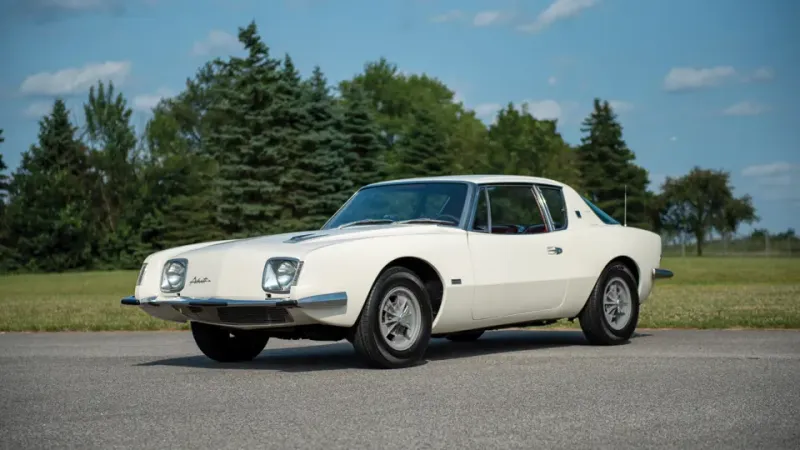
Supercharged and super rare, the 1964 Avanti R3 roared onto the scene as Studebaker was taking its final breaths.
Only nine of these fiberglass-bodied beauties were built before the South Bend factory closed its doors forever.
Packing a modified 304.5 cubic inch V8 with a Paxton supercharger, this sleek coupe could hit 60 mph in just 7.6 seconds – downright blistering for the era!
The R3 wasn’t just quick; it was gorgeous too, with a timeless design by Raymond Loewy that still looks modern today.
Fun fact: One R3 Avanti set 72 speed records at the Bonneville Salt Flats, cementing its place in automotive history as Studebaker’s final performance masterpiece.
32. 1960 Buick Electra 225 Convertible
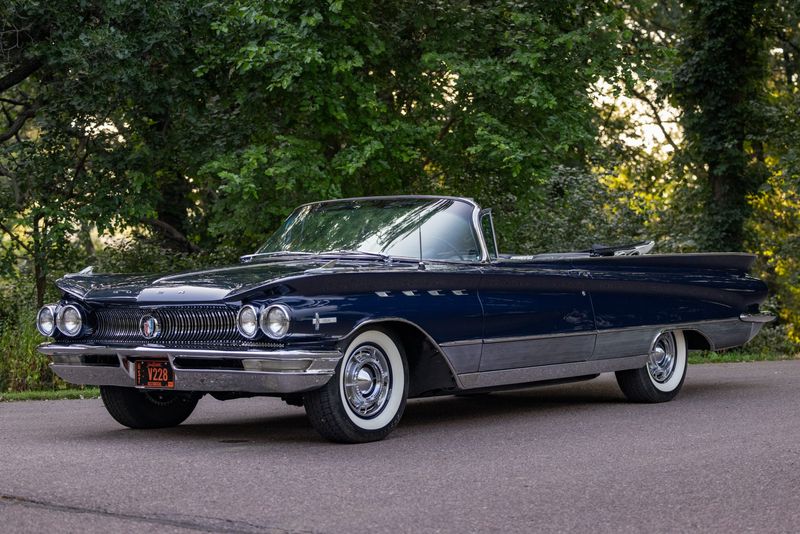
Nicknamed “The Deuce and a Quarter” for its impressive 225-inch length, the 1960 Electra convertible was a chrome-laden land yacht that epitomized American automotive excess.
What’s shocking is that despite its popularity, Buick offered this particular configuration for just one glorious year.
Under that mile-long hood lurked a 401 cubic inch “Wildcat” V8 pumping out 325 horsepower – enough to move this 4,800-pound behemoth with surprising authority.
Only 6,021 lucky buyers got their hands on this short-lived drop-top before Buick completely redesigned the Electra for 1961.
33. 1958 Edsel Citation

Looking like it was designed by someone who couldn’t decide between swallowing or spitting, the 1958 Edsel Citation’s infamous “horse-collar” grille became the punchline of countless jokes.
As the top-tier model of Ford’s doomed Edsel division, the Citation lasted exactly one year before being unceremoniously axed.
Push-button transmission controls mounted in the steering wheel hub frequently malfunctioned, leaving drivers stranded in neutral.
Ford lost approximately $350 million on the Edsel program (equivalent to over $3 billion today), making it one of the most expensive corporate failures in history. Of the 2,535 Citations produced, fewer than 275 survive today.
34. 1964 Dodge 330 Max Wedge
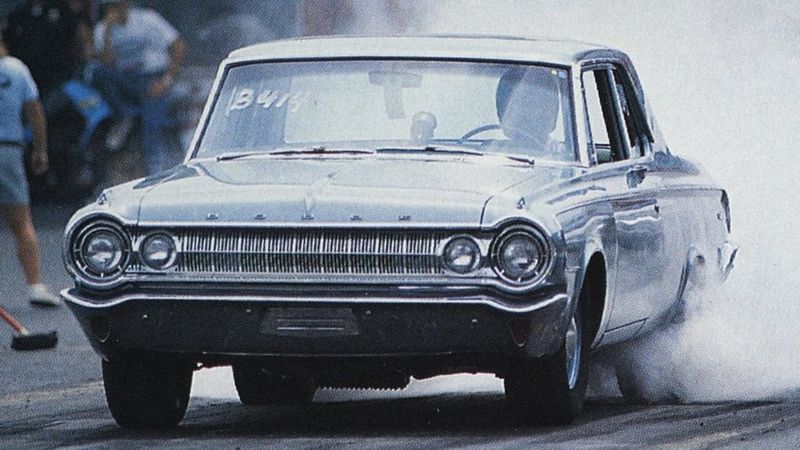
Dodge’s ultimate sleeper looked like a taxi cab but ran like a missile. The stripped-down 330 two-door sedan with the 426 Max Wedge engine was the lightest, fastest drag racing package you could buy with a warranty.
No chrome, no power options, and bench seats kept weight down. But under the hood lurked 425 horsepower of race-ready V8.
Most were ordered in white, the better to apply sponsor decals for the drag strip. The aluminum front fenders and battery relocated to the trunk made it a purpose-built quarter-mile monster.
35. 1963 Dodge Polara 500 Convertible
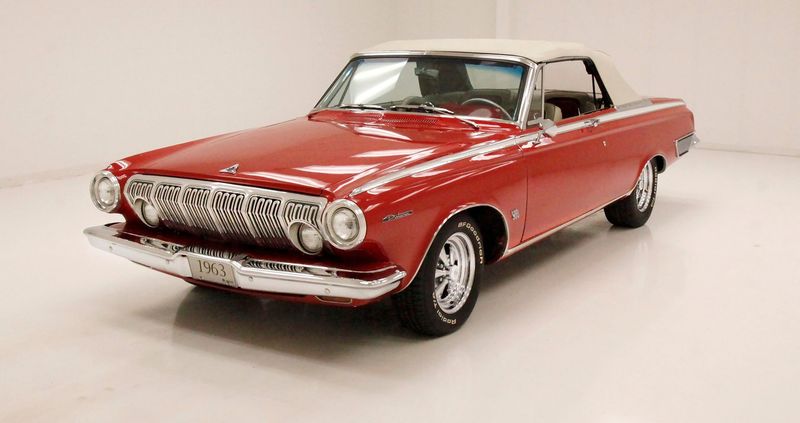
Lightning quick yet largely forgotten today, the 1963 Polara 500 convertible packed Mopar’s potent 426 Max Wedge V8—an engine that could propel this full-size convertible through the quarter-mile in 12.8 seconds.
That’s quicker than many modern sports cars!
Chrysler’s designers gave the ’63 Polara a complete makeover, abandoning the bizarre “reversed tailfin” styling of previous years for a cleaner, more conventional look.
The interior featured bucket seats, a center console, and Chrysler’s push-button TorqueFlite automatic transmission.
Despite its impressive performance credentials, only 590 Polara 500 convertibles found buyers during its single-year production run.
36. 1980 Chevrolet Monza Spyder Turbo
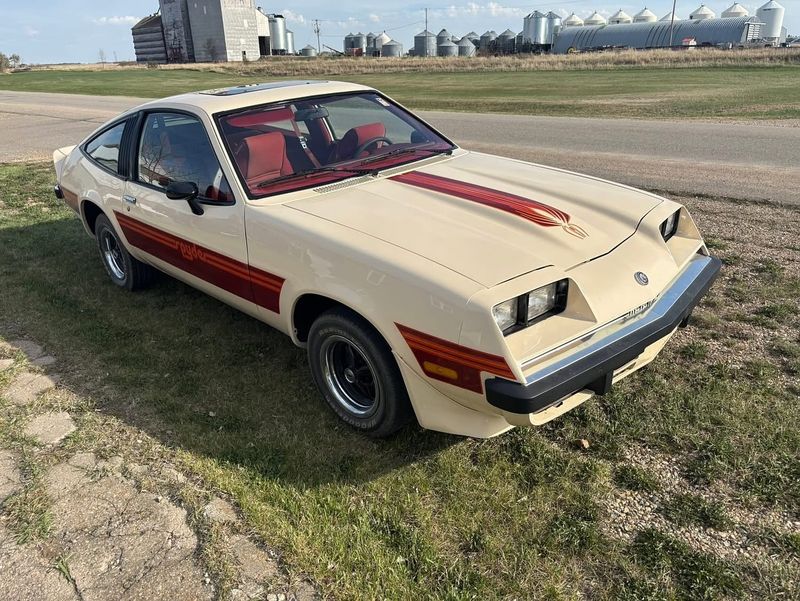
General Motors’ last desperate attempt to breathe life into the aging Monza platform resulted in this oddball turbocharged hatchback.
The 1980 Monza Spyder Turbo married a Buick-sourced 3.8-liter V6 with a turbocharger, creating an unlikely performance package that could hustle from 0-60 in 9.4 seconds.
Visually distinguished by its front air dam, rear spoiler, and special Spyder graphics, this forgotten hot hatch predated the turbo craze of the mid-80s.
Priced at $6,953 (about $25,000 today), the Spyder Turbo’s combination of questionable reliability and the impending arrival of the new J-body Cavalier meant fewer than 1,000 were produced before Chevrolet pulled the plug.
